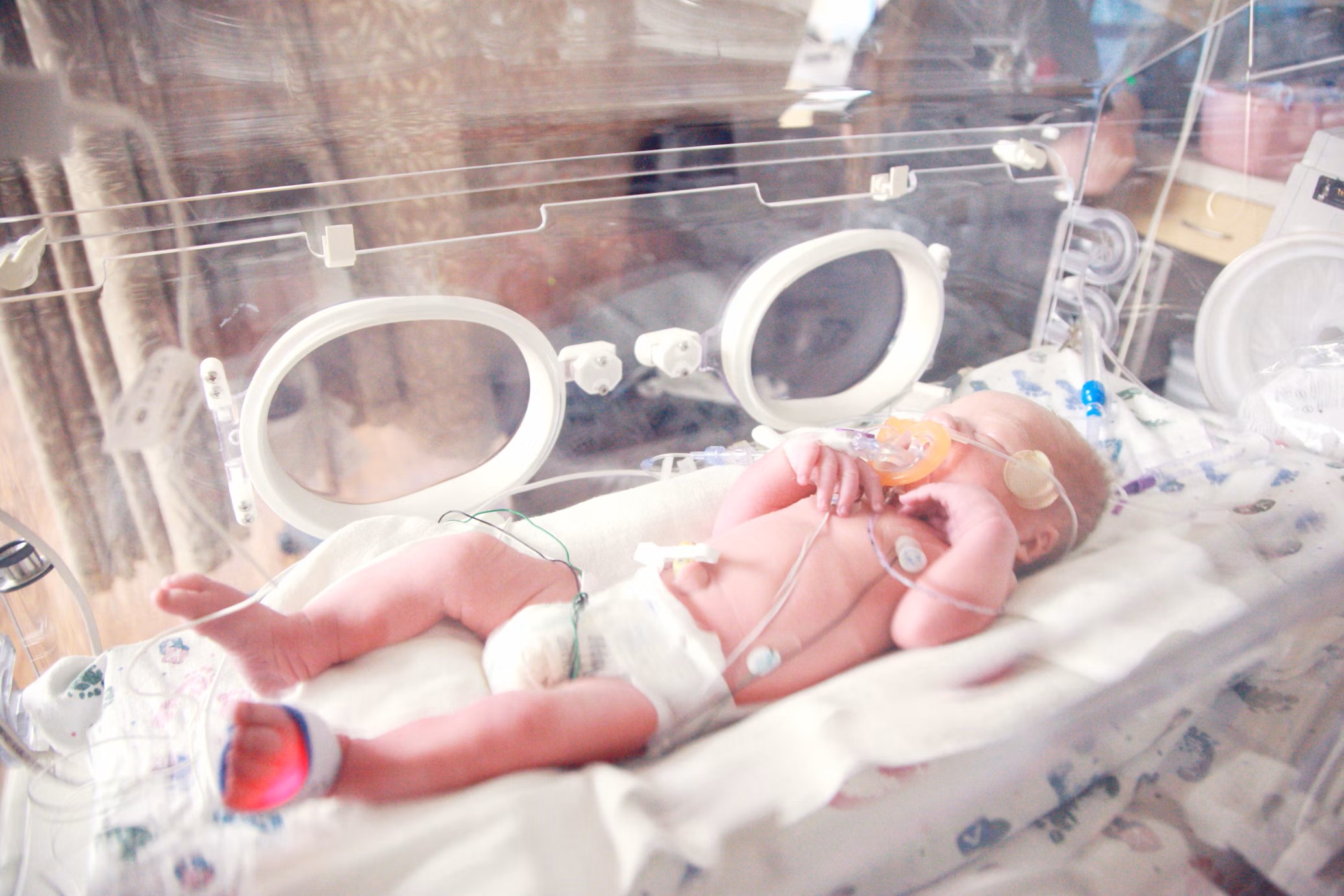Pregnancy Complications
Infant- and Family-Centered Developmental Care
Respiratory Infections
Neonatal Eye Health
Hygiene
Rare Diseases

Central-venous-line-associated bloodstream infections (CLABSIs) are a major concern in neonatal care, especially for preterm infants who require intensive medical support. These infections can lead to serious complications, prolonged hospital stays, and increased antibiotic use. Since current preventive strategies offer mixed results, researchers explored whether modifying the equipment used in infusion therapy could make a difference. A study from France investigated the impact of a newly designed closed perfusion system compared to the traditional multi-stopcock system in a neonatal intensive care unit. The results showed a remarkable drop in infection rates following the system change.
Many preterm infants, especially those born before 32 weeks or with very low birth weight, need central venous catheters to receive essential treatments. However, these catheters also carry the risk of introducing infections directly into the bloodstream. Despite strict hygiene protocols and bundled care strategies, infection rates remain a challenge in neonatal intensive care units.
In this study, a team introduced a new closed perfusion system designed to reduce handling and contamination risk. Over two years, the researchers compared outcomes for more than 300 infants treated before and after the system was implemented. Importantly, the only procedural change during this time was the perfusion system itself, allowing a clear comparison.
Impressive Infection Reduction with a Simple System Change
After switching to the new perfusion system, the rate of CLABSIs dropped from 11.3 to 2.2 per 1,000 catheter-days—a reduction of 88 percent. This decline occurred without changes to other aspects of catheter care, such as hygiene routines or staff training. The study also found that longer catheter use was associated with increased risk, but even in these cases, the new system appeared to help lower infection rates. Additionally, fewer infants required treatment with vancomycin, a powerful antibiotic often used for serious infections, which is beneficial because it helps reduce antibiotic exposure and the risk of antibiotic resistance. The number of late-onset sepsis cases and related antibiotic exposure also decreased. No severe safety issues were linked to the new system, although a few mild issues were reported, which the authors attributed to the learning curve of using a new device.
Better Equipment, Safer Care
For parents and healthcare teams, these findings suggest that better-designed equipment can meaningfully reduce infection risk without requiring major shifts in clinical practice. Especially in fragile preterm infants, reducing exposure to infection and antibiotics may contribute to better long-term health outcomes.
With such promising results, this approach could offer a simple but effective improvement for NICUs everywhere. More studies across multiple centers are now needed to confirm these findings and support broader use of the system.
Paper available at: A new perfusion system to reduce the burden of central-venous-line-associated bloodstream infections in neonates - Journal of Hospital Infection
Full list of authors: Picaud, J.C.; Faton, S.; Pradat, P.; Pastor-Diez, B.; Martelin, A.; Armoiry, X.; Hays, S.
DOI: https://doi.org/10.1016/j.jhin.2023.10.004
© 2025 GFCNI. All Rights Reserved.